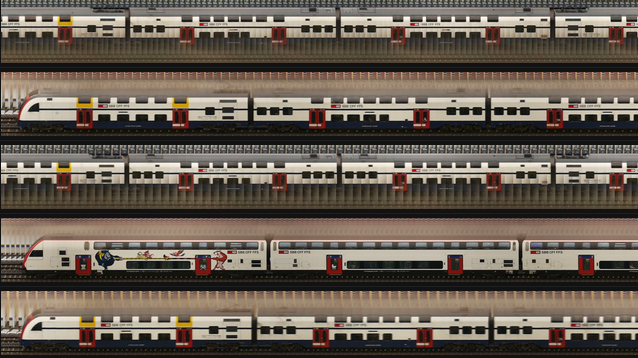As hobbies go, trainspotting is just as valid a choice as any — we don’t judge. But it does present certain logistical challenges, such as having to be in visual range of a train to be able to spot it. There’s also the fact that trains are very large objects, and they tend to move very fast. What’s a railfan to do?
If you’re also technically minded, you might try building an automatic trainspotting bot like [jo-m] has. It looks like the hardware end of “Trainbot” is pretty simple since it has been tested on both x86 and Raspberry Pi, and supports both video4linux and Pi cam. The magic is in the software, which is able to detect a train entering the frame, record images, and then stitch them together into one long image. The whole thing is coded in Go and has some interesting bits, like a custom image patch mapping package.
Trainbot gives an unusual view of a train, one that most of us accustomed to watching a train pass at a crossing have never seen. By stitching small chunks of the train as it passes, Trainbot is able to show the entire train in a single image, which would be impossible to do except for being very, very far away from the track. [jo-m] also built a web interface for Trainbot where you can check out the comings and goings yourself. Each passing train’s image is accompanied by data like its velocity and acceleration, length of the train, and time of passage. There’s also a GIF of the original source video, which is pretty cool.
Here in the States, we don’t have a lot of passenger trains to spot, but we do have some really long freight trains. It’d be interesting to see how this works with a train that’s over a mile long; that would be quite an image. Looks like someone at least has the hardware in place to give it a try.

















Perfect for the networked Russian spycams installed in Poland near the Ukrainian border, which spy the western weapons deliveries.
Where you get that info
Incrementally approaching a slitscan camera (source of the photo involved in a ‘photo finish’).
I wonder if it will stitch together pictures of foamers too.
It’ll do that panorama malfunction thing and turn them into foamtaurs and foamapedes.
I remember someone did something similar with a modified flatbed scanner and camera lens back in the very late 90s/early 2000s, but sadly wasn’t able to find anything when I tried looking for it again about 8 years ago. This would be great for documenting grafitti.
I’ve been thinking bout something similar (i.e. lazier, to align with my lack of skills) to capture graffiti on freight trains near my work.
The site is pretty awesome. The fact he calls it OnlyTrains just makes it better
Fun project. I like that it also logs the speed. Would be better if it could also remove the background and created images of the train with transparency. The train looks good, but the background kind of ruins it in my opinion.
This project has a lot of opportunities for expansion, such as de-blurring, background removal(with transparency), detecting type/brand, detecting graffiti, etc.
The name on the website title: Onlytrains.